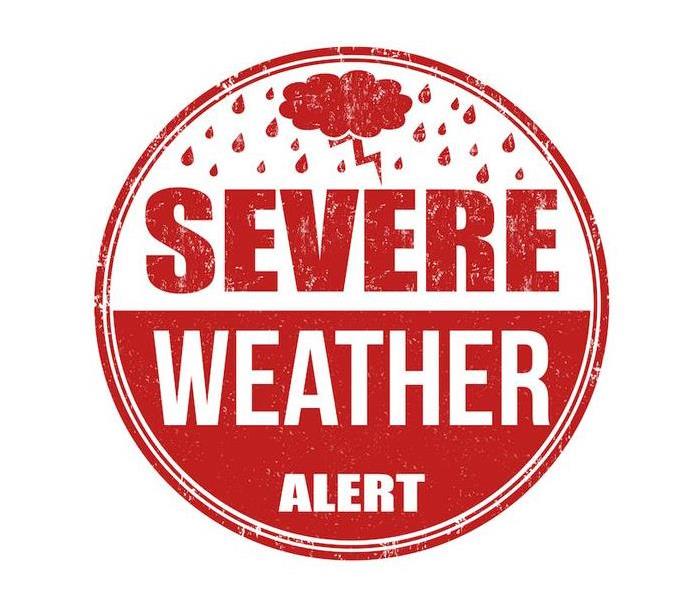Knowing These Storm Alerts Could Help You Stay Safer | SERVPRO® of Beaver County
7/12/2022 (Permalink)
Our national alert system uses 42 different kinds of weather alerts, spread out between seven categories that cover all types of weather events. This is too much information for most people to take in, especially when you’re sheltering from a severe storm.
It’s important to know what the various kinds of alerts for our area mean, as it will allow you to prepare for those most. Additionally, you can take steps that will help prevent damage to your home and property.
It is important to have a basic understanding of all weather events, but it’s essential for you to know what kind of weather hits us in Pennsylvania most often.
Most Americans are not aware of how the alert system works at all, but many know that weather forecasts are only predictions. The rest of the equation, the severity, location and size of storms are all complex and require in-depth analysis to discover.
The National Weather Service handles these tasks for us, including forecasting and issuing all alerts or warnings. Our country is split into six sections, each covered by its own regional headquarters, along with hundreds of local offices. Here in Beaver County, we receive our weather information from the Eastern Regional headquarters.
The NWS employs the assistance of countless meteorologists and other specialists who collect and analyze data to create forecasts. Some of their methods include satellite imaging and thermal and seismic sensors, but the instruments used vary depending on the type of weather. The goal is always to perform a thorough analysis and provide quality predictions for us here in the United States.
The first principle that everyone should know is the meaning of a “watch” and a “warning.” You will see these words used in almost every weather event, like floods, tornadoes, hurricanes and thunderstorms.
A watch is when a storm is coming close to your area, and it has the potential to be dangerous for people and property. These alerts will often cover large swaths of land, in an attempt to keep everyone aware of what’s happening around them.
A warning means that danger will be here very soon, and you must take immediate action to stay safe from it. These alerts will only cover a city or county and are highly specialized so that everyone in the path of danger can stay safe.
You should also make sure to read up on what kind of weather we see here in Pennsylvania, and in Beaver County specifically. We see an average of 179 days of precipitation each year, so nearly half of the year is stormy.
This indicates that water damage and common storm damage are two of the things we should be preparing for.
Knowing how to decipher weather alerts is the best way for you to plan out your course of action for surviving the storm. There are some steps that you can take to keep your home more protected as well.
Clearing your gutters and securing loose items outside are easy things that can make your home tougher against a disaster. Loose items will often be thrown into the walls or roof of the home, opening it up to further damage.
Once the storm has passed, take plenty of photos if your home is damaged. Afterward, give SERVPRO of Beaver County a call, because we’re here 24⁄7 for any and all cleanup and restoration needs.
Again, as you learn more about the weather common in our region, the more prepared you can be for it. Having knowledge of the alerts used and staying in touch with your local officials are additional ways to stay safe from extreme weather.
Experienced storm damage to your home or property? Contact us today for a quick response!





 24/7 Emergency Service
24/7 Emergency Service
